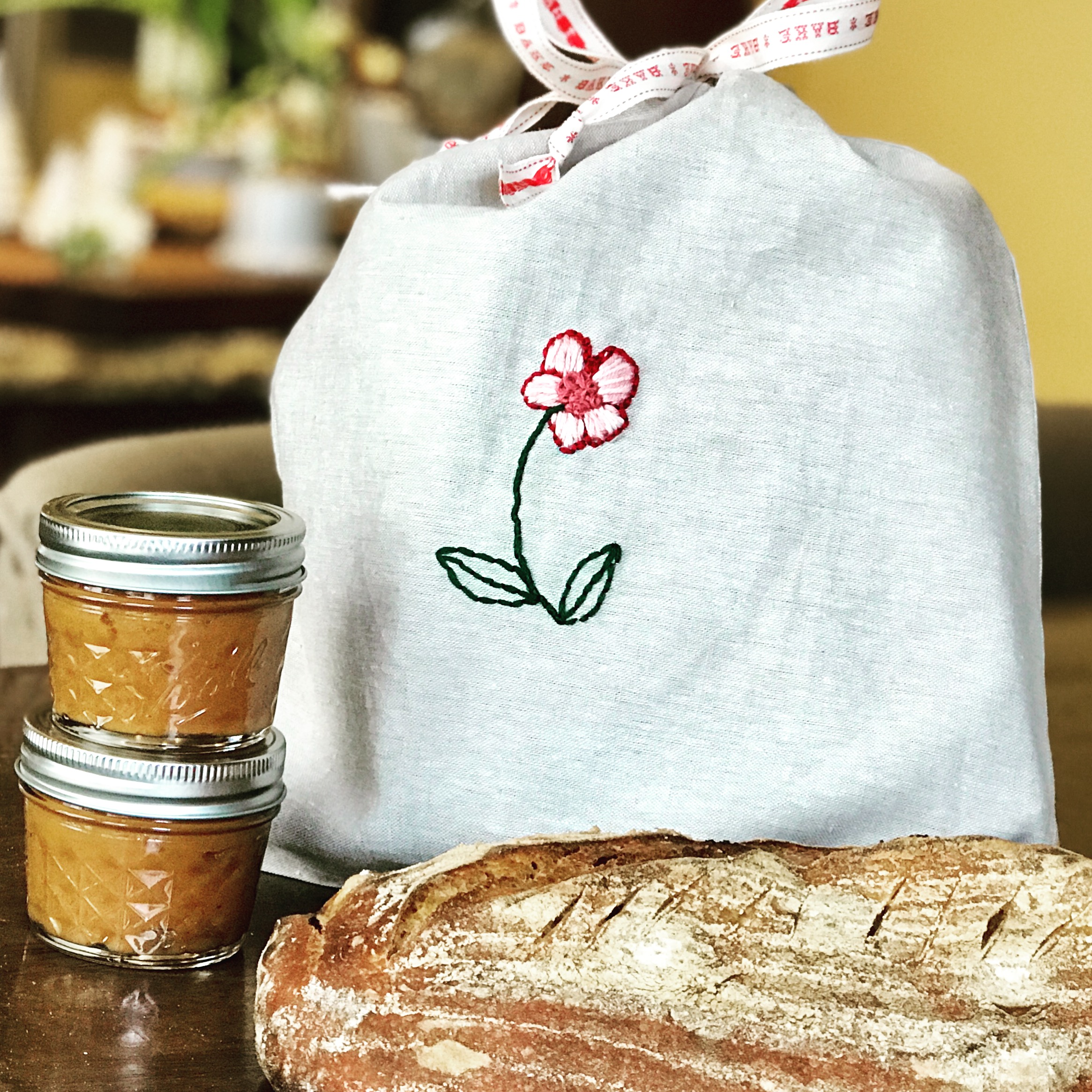 It’s a snow day here in Missouri, and I’m making a huge batch of breakfast toasting bread to celebrate. Like most of our bakery breads it’s made very slowly, folding the dough every thirty minutes or so throughout the morning. The best thing about this particular bread, and the thing that makes it a universal favorite, is the way the dates gradually melt into the dough with each fold. As I developed the recipe last year, I kept adding more and more dates with each variation until my mom took a bite and declared it perfect. I wrote down the amount of dates (and raisins and nuts and berries) and declared it the perfect breakfast toast formula to anchor the Little Flour weekend menu. Then I promptly made the recipe again and added more dates. After all, if 100 grams of dates are perfect, wouldn’t 125 grams be even more perfect? The answer is no. At some point, too much of a good thing is no longer a good thing.
It’s a snow day here in Missouri, and I’m making a huge batch of breakfast toasting bread to celebrate. Like most of our bakery breads it’s made very slowly, folding the dough every thirty minutes or so throughout the morning. The best thing about this particular bread, and the thing that makes it a universal favorite, is the way the dates gradually melt into the dough with each fold. As I developed the recipe last year, I kept adding more and more dates with each variation until my mom took a bite and declared it perfect. I wrote down the amount of dates (and raisins and nuts and berries) and declared it the perfect breakfast toast formula to anchor the Little Flour weekend menu. Then I promptly made the recipe again and added more dates. After all, if 100 grams of dates are perfect, wouldn’t 125 grams be even more perfect? The answer is no. At some point, too much of a good thing is no longer a good thing.
I am reminded of that this morning as I knead the dates into the dough (the trick is to do this after a nice autolyse allows the two types of flour to absorb all the water making the dough easier to work with) and then tuck it back into a warm bowl to rest. This seems to be the time of year when we all think about what to change, how to grow, or who to be in the new year. Too often, for me, this had led to a temptation to add “more” of whatever is good in my life. More dates to the bread dough. More breads on the menu. More ovens in the kitchen. More classes on the calendar. All good stuff, but adding too much can be, well, too much.
I got to spend a week at King Arthur’s Baking School in Vermont last summer with a dozen great bakers from all around the world who were considering ways to start new bakeries or expand small bakeries into larger ones. The class was taught by Jeffrey Hamelman, who is the Director of King Arthur’s gorgeous bakery. What I remember most, and what I am pondering again this morning as I work with my breakfast bread dough, is that he did not start the class with a list of ways to grow a bakery. Instead, he started with a list of questions about why we wanted to do that. What is the thing you most want to do, he asked. And if you are doing it well as a small bakery, what makes you think that doing it bigger is a good idea? What are your motives? What are your resources? Who do you really want to feed? What makes you unique? After answering these questions, he stressed, the key to success might have nothing to do with getting bigger. I learned a lot about how to run a bigger bakery, and my respect for those that do it grew every day. I continue to be fascinated by big, beautiful bakeries. But my honest answers reavealed that I like my small bakery. A few breads a few days a week. Enough time left over to focus on the community that eats the bread after it comes out of the oven. Because for me, baking is about community. And the bakery is as much about the good breaking of bread as it is about the baking of good bread.
So it will be another small year here at Little Flour. Some baking. Some teaching. Some speaking and advocating about ways to end hunger here in our community. And some time to enjoy breakfast toast with just the right amount of dates, not too many and not too few, as the snow falls outside my kitchen windows.





